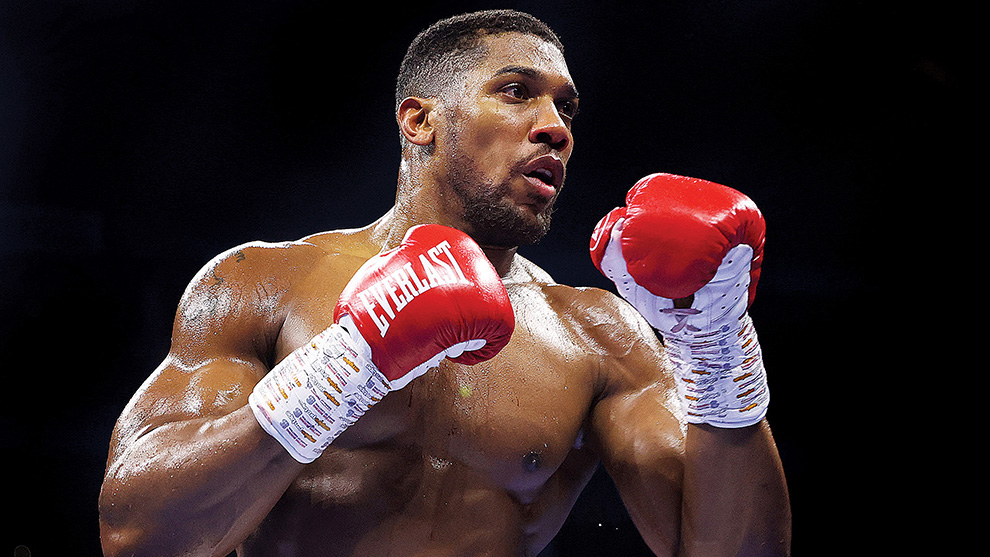Websites
BOXING is in the midst of a major communications crisis. Fans are becoming irate at the piecemeal process of news – and sometimes nonsense – being filtered into the media and then to the masses. Worse still, the lack of clarity and transparency is damaging the sport. And there are various examples of this on the spectrum of public knowledge.
This past week it was revealed by UKAD (UK Anti Doping) that Amir Khan tested positive for a banned substance immediately after his fight with Kell Brook last year and was served with a two-year ban. Khan announced his retirement from boxing after losing to Brook, so the ban itself doesn’t mean a huge amount.
It is always a very serious matter when a boxer tests positive for a banned substance. The issue, for many, in this instance is that this news has only just been revealed despite the positive result being confirmed in the months following the Khan-Brook fight. For that, we can’t actually blame the powers that be within boxing. UKAD’s confidentiality clauses prevented this information from coming out, as there was an investigation taking place.
That investigation concluded that Khan did not intentionally ingest the banned substance ostarine given the trace amount found in his system and the fact that he had tested clean just a week prior to the adverse finding. They ruled that the presence of the substance in his system was a result of “contamination of a supplement or incidental contact with another person.” The two-year ban comes due to UKAD’s strict liability clause, which details how an athlete is solely responsible for whatever is in their system, regardless of whether they knowingly ingested it or not. The fact that UKAD ruled Khan did not intentionally take ostarine meant his ban is two years instead of four (see pages 14-15).
UKAD’s policy is to not reveal any details of an adverse finding while an investigation is taking place, which apparently has been happening over the past 10 to 12 months. Robert Smith, General Secretary of the British Boxing Board of Control, spoke to talkSPORT about this and how the Board were not in a position to reveal the failed test publicly due to UKAD’s policies.
That interview came after Ben Shalom, who promoted the Khan-Brook fight, told Sky Sports that both he and the Board had only just found out about the failed test this week.
All in all: it’s pretty confusing. The headlines, of course, focused on Khan’s two-year ban and the fact he had failed a test, with the news that UKAD officially ruling that he did not intentionally cheat being buried further down in these articles.
Naturally there were also many comparisons to Conor Benn’s situation, with many decrying the fact that Khan is not facing nearly as much criticism as Benn. There are major differences in the cases, though. Firstly: Benn failed two separate tests whereas Khan only failed one. Khan’s came after a fight while Benn’s happened prior to a major bout. Most importantly, Khan took part in an investigation with UKAD, which ultimately found that he had not knowingly taken a banned substance, but Benn refuses to take part in such a process with neither UKAD nor the Board.
The issue is both a lack of information and the conflicting nature of any that is given to the public. When watching a fight, fans can legitimately ask: how can I know if both of these fighters are clean?
The other example – with much lower stakes – of boxing’s comms issue that came this week was delivered by Eddie Hearn and Anthony Joshua. After Joshua’s recent win over Jermaine Franklin, both he and Hearn had spoken in the media about ‘AJ’ being very active this year. Joshua said he intends to fight again in 12 weeks while Hearn had mentioned a “three-fight plan” for 2023, even shortlisting fighters he is likely to face in the remainder of this calendar year.
Then, a few days ago, Joshua took to social media to announce his next fight will actually be in December. He described the situation as “not ideal” but also mentioned something about the “big picture.”
There were speculations that perhaps he was injured, with some suggesting a potential broken nose suffered against Franklin (Joshua’s honker was bleeding from the early stages of the bout). However, cryptic messages and winking emojis from Hearn on social media suggest that something bigger is at play, and the December timeline would suggest it has something to do with a location in the Middle East such as Saudi Arabia, which has drummed up huge sums of money for Joshua fights in the past.
It’s frustrating for fans who just want to see fighters be consistently active. It’s yet another example of boxing overpromising and under-delivering: we’d been told to expect Joshua back out in three months’ time, instead we’ll have to wait another eight.
We may get the same situation with Terence Crawford and Errol Spence who, according to The Ring, have finally agreed to face each other in a true superfight on June 17 in Las Vegas. Apparently there will be an official announcement during Showtime’s broadcast of Gervonta Davis vs Ryan Garcia on April 22. We’ve been here before (many, many times) and Showtime boss Stephen Espinoza has since come out and said the June 17 date is not set in stone.
But this is the closest we’ve come to the fight being made official and The Ring has a pretty decent track record when it comes to breaking news like this. As ever, all we can do is wait and hope.
Boxing on the Box
April 15
Joe Joyce-Zhilei Zhang
BT Sport 1
Coverage begins at 7pm
